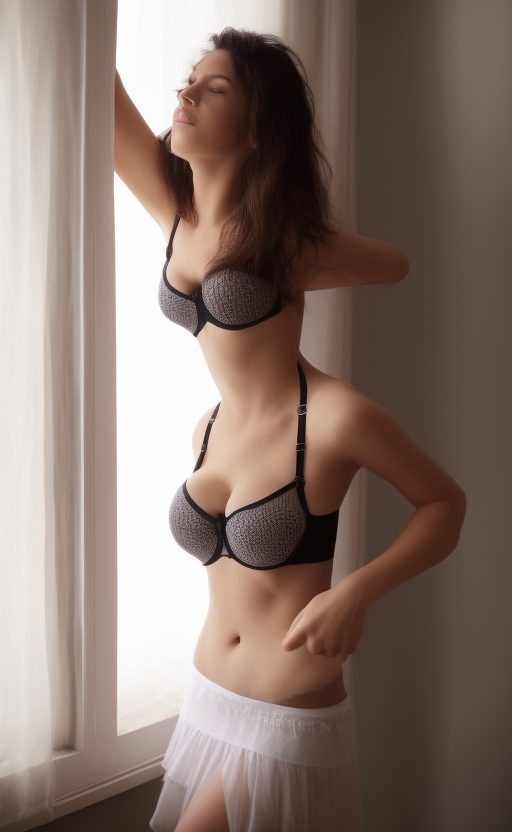In recent years, artificial intelligence has made significant strides in various fields, including image generation. One of the most notable advancements is the development of Stable Diffusion, a cutting-edge image producing AI that is revolutionizing digital art. With its ability to generate high-quality, customizable images, Stable Diffusion is empowering artists, designers, and content creators in ways that were previously unimaginable. In this blog article, we will explore the technology behind Stable Diffusion, its practical applications, and the potential impact on the world of digital art and design.


Section 1: What is Stable Diffusion?
Stable Diffusion is a novel AI-based technology that generates high-quality images by leveraging the principles of diffusion processes. It is a result of extensive research in the field of generative adversarial networks (GANs) and builds upon the success of earlier image generation models like DALL-E and StyleGAN. Stable Diffusion, however, distinguishes itself by offering improved stability, better control, and a more intuitive user interface.
The algorithm behind Stable Diffusion is inspired by the natural process of diffusion, where particles move from areas of high concentration to areas of low concentration until they are evenly distributed. In the context of image generation, the AI model learns to create realistic images by iteratively refining an initial, random noise until it converges to a high-quality output that matches the user’s specifications.


Section 2: How Does Stable Diffusion Work?
The secret behind Stable Diffusion’s impressive image generation capabilities lies in its unique training approach. The model is trained using a two-step process that involves a denoising step and a diffusion step.
- Denoising Step: During this stage, the model learns to remove noise from a given image. This is achieved by feeding the AI a series of noisy images and their clean counterparts. The model then learns to predict the clean image from the noisy input.
- Diffusion Step: This is where the magic happens. The model is trained to reverse the denoising process, starting with a noise-free image and adding noise to it in a controlled manner. The AI learns to generate new images by starting with random noise and iteratively applying the learned denoising function until it converges to a high-quality output.
The key to Stable Diffusion’s success is the careful balance between these two steps. The denoising function must be powerful enough to remove noise but not too aggressive, as it could erase important image features. Similarly, the diffusion step should be precise enough to guide the model toward realistic outputs without getting stuck in low-quality local minima.
Section 3: Applications of Stable Diffusion
Stable Diffusion is transforming the digital art landscape, offering a wide range of applications, including:
- Art and design: Artists and designers can use Stable Diffusion to generate unique, high-quality visuals for their projects. The technology allows for fine-grained control over the generated images, enabling creators to experiment with different styles and themes effortlessly.
- Advertising and marketing: Content creators in the advertising and marketing industries can leverage Stable Diffusion to generate eye-catching visuals for campaigns, social media, and promotional materials.
- Gaming and virtual reality: Stable Diffusion can be used to generate realistic, immersive environments and assets for video games and virtual reality experiences, significantly reducing the time and effort required for manual asset creation.
- Data augmentation: In the field of computer vision and machine learning, Stable Diffusion can be employed to generate additional training data, helping improve the performance of AI models.


Section 4: The Future of Digital Art with Stable Diffusion+
As AI technologies continue to advance, Stable Diffusion is poised to play an increasingly important role in shaping the future of digital art and design. Here are a few trends we can expect to see in the coming years:
- Collaborative art creation: AI tools like Stable Diffusion will enable artists to collaborate with AI algorithms, enhancing their creative process. This partnership between human and machine will give rise to new artistic styles and forms of expression.
- Democratization of art and design: With tools like Stable Diffusion, high-quality art and design will become more accessible to a broader audience. Aspiring artists and designers who may not have formal training will be able to create professional-level work, fueling innovation and creativity across industries.
- Ethical considerations and intellectual property: As AI-generated art becomes more prevalent, questions surrounding copyright, ownership, and the ethical use of AI-generated images will need to be addressed. Clear guidelines and regulations will be essential to ensure that AI-generated art is used responsibly and fairly.
- AI-powered virtual and augmented reality: Stable Diffusion and similar AI technologies have the potential to revolutionize virtual and augmented reality experiences, making them more immersive, dynamic, and engaging. We can expect to see AI-generated assets and environments that adapt in real-time based on user interaction and preferences.
Stable Diffusion is a groundbreaking AI technology that is transforming the world of digital art and design. By offering high-quality, customizable image generation, it empowers artists, designers, and content creators to push the boundaries of their creativity. As Stable Diffusion continues to advance, we can expect it to play an increasingly important role in shaping the future of art, design, and entertainment. In this rapidly evolving landscape, the collaboration between human ingenuity and artificial intelligence will give rise to new and exciting possibilities for artistic expression and innovation.
However, currently the model is trained to produce images that are 512 by 512 pixels. If you ask it to produce images that are 50% taller than they are wide and ask them to produce images of people posing in minimal clothing – it does get quite confused.












